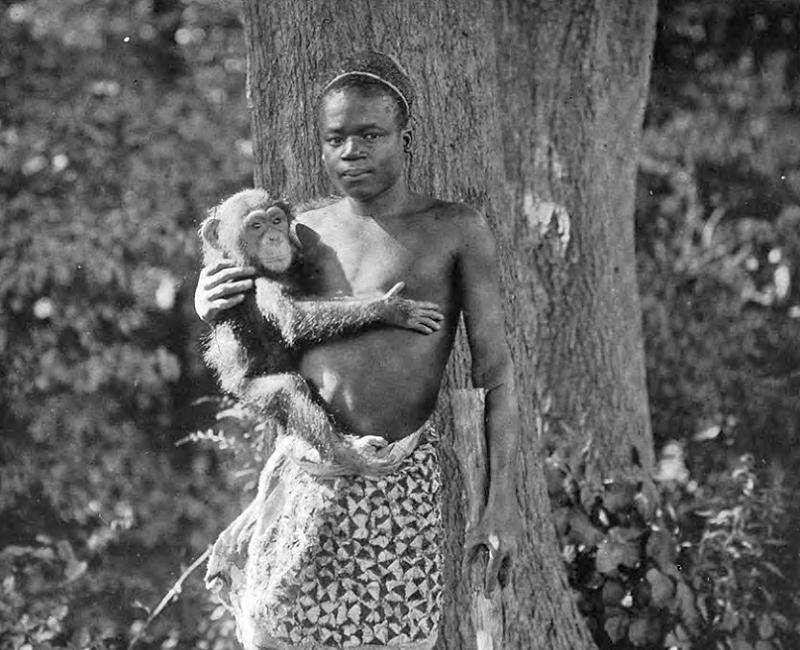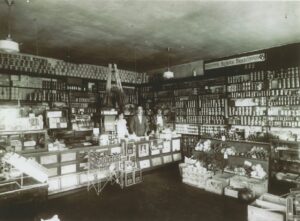4. The Human Zoo Exhibit
Ota Benga was a Mbuti pygmie tribesman born in the Ituri Forest of the Congo in 1883, known for being “displayed” in an anthropology exhibit at the Louisiana Purchase Exposition in St. Louis, Missouri, in 1904, and in a human zoo exhibit in 1906 at the Bronx Zoo.
Benga married young and he was father of two children. However, his normal life was destroyed when, sometime in the 1890s, Belgian colonial troops came across his village and killed his entire family while he was out hunting.
Without a family or tribe, Ota Benga was lost and had no place to go. Shortly after the death of his family, he was captured by slave traders and put to work on an industrial farm. There, back in 1904, Benga was discovered by an American businessman named Samuel Verner who had racist beliefs about evolution.
He actually thought that Benga, with his short stature, dark skin, and sharp teeth, filed as part of a cultural ritual, was a “missing link” between humans and our evolutionary ancestors. He then purchased Benga for a bag of salt and a bolt of cloth.
The American businessman brought Benga to St. Louis, where he was the hit of the 1904 World’s Fair. Following the exhibition, Benga returned to Africa, where he remarried. However, he eventually returned to the United States after his wife died from a snake bite.
Soon after that, Benga was placed in the ape enclosure at the Bronx Zoo, featured as part of the New York Anthropological Society’s exhibit on human evolution. Local black clergy were appalled by the exhibit and demanded Benga’s release. They successfully lobbied the governor to force the zoo to shut down the unethical display.
Benga then briefly lived in Virginia working at a tobacco plantation. In 1914, he decided to return to Africa, but when World War I broke out, he was unable to do so.
In 1916, depressed and sad at the unbearable thought of not being home, Ota Benga shot himself in the heart and died, ending one of history’s most tragic yet interesting stories.




























































